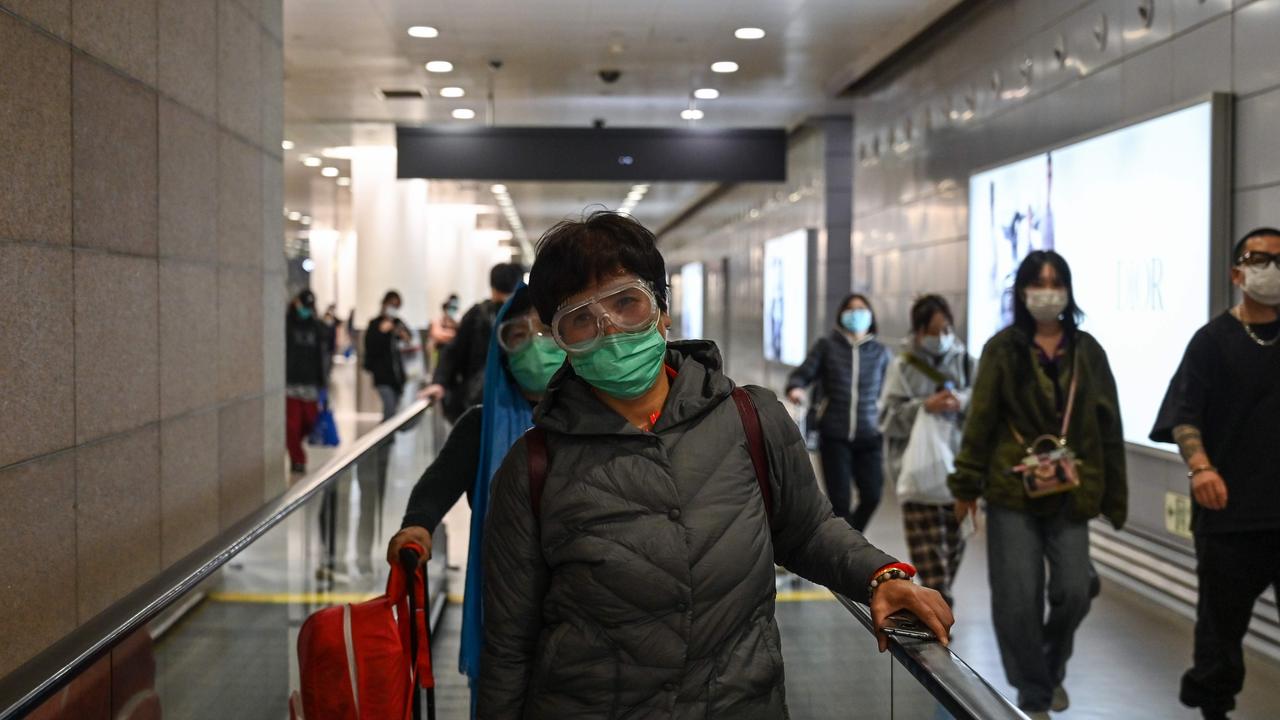Australia activates emergency response plan amid rising concerns of coronavirus pandemic
Australia has activated its emergency response plan for global pandemics as the coronavirus spreads rapidly outside of China.

The Australian government has activated its emergency response plan for global pandemics as the coronavirus spreads rapidly outside of China.
Entitled “The COVID-19 plan”, the blueprint presents a strategy for dealing with the event of a large-scale coronavirus outbreak amid warnings a pandemic is looming.
RELATED: Coronavirus outbreak spreads across Europe
RELATED: Sweating minister infected with virus
“The novel coronavirus outbreak represents a significant risk to Australia,” the document says. “It has the potential to cause high levels of morbidity and mortality and to disrupt our community socially and economically.”
The plan outlines three degrees of severity for the virus.
The “low” impact is comparable to the 2009 swine flu pandemic. The document notes that at the peak of such an outbreak, primary care and hospital services may become stretched in areas associated with respiratory illness and acute care. However, existing plans and laws should be enough to support activities.
A “moderate” outbreak would put hospitals under “severe pressure”, particularly in areas associated with respiratory illness and acute care.
“Surge staffing and alternate models of clinical care, such as cohorting and/or establishment of flu-like clinics may need to be employed to cope with increased demands for healthcare,” it notes. “Pressure on health services will be more intense, rise more quickly and peak earlier as the transmissibility of the disease increases. Healthcare staff may themselves be ill or have to care for ill family members, further exacerbating pressures on healthcare providers.”
A “high” outbreak would be comparable to the extreme 1918 “Spanish flu”, which infected one third of Australians and killed between 50 to 100 million people globally.
In this case, heavy prioritisation would be essential within hospitals and the pressure on health services would be more intense, rise more quickly and peak earlier. This would be the most challenging impact for the nation.
University of Sydney associate professor Adam Kamradt-Scott, who has worked in pandemic preparedness, told news.com.au Canberra had a comprehensive plan to tackle such outbreaks, noting that the government had monitored and raised its levels as the virus continued to grow.

It comes as fears of a pandemic have risen after multiple cases of the virus were detected without any clear source of infection in South Korea and Iran.
There is now a total of 80,382 cases of coronavirus around the world, with 2710 deaths.
In the US, there are over 50 infections, including 39 from people who were brought home from Wuhan or the Diamond Princess cruise ship in Japan.
Cities across the world have been plunged into lockdown, with borders closed and airports thoroughly checking travellers for fevers or flu-like symptoms.
But Dr Simon Clarke, a specialist in cellular microbiology at England’s University of Reading, said the virus was proving “extremely difficult to track”.
“It seems that the virus can pass from person to person without symptoms, making it extremely difficult to track, regardless of what health authorities do,” he said.
Even the best screening measures could be missing “more than half of infected people”, a global team of researchers from US and UK universities said on Monday.
On Tuesday, the head of a joint World Health Organisation (WHO) China mission of experts said the world is “simply not ready” to rein in the new coronavirus outbreak
“You have to be ready to manage this at a larger scale … and it has to be done fast,” Bruce Aylward told reporters in Geneva, insisting countries everywhere have to “be ready as if this hits us tomorrow”.
While it is still too early to call the outbreak a pandemic — when an infectious disease spreads easily across the world — countries should remain vigilant, WHO chief Tedros Adhanom Ghebreyesus told reporters on Monday.
“For the moment we are not witnessing the uncontained global spread of this virus and we are not witnessing large scale severe disease or deaths,” he said.
“Does this virus have pandemic potential? Absolutely, it has. Are we there yet? From our assessment, not yet.”



